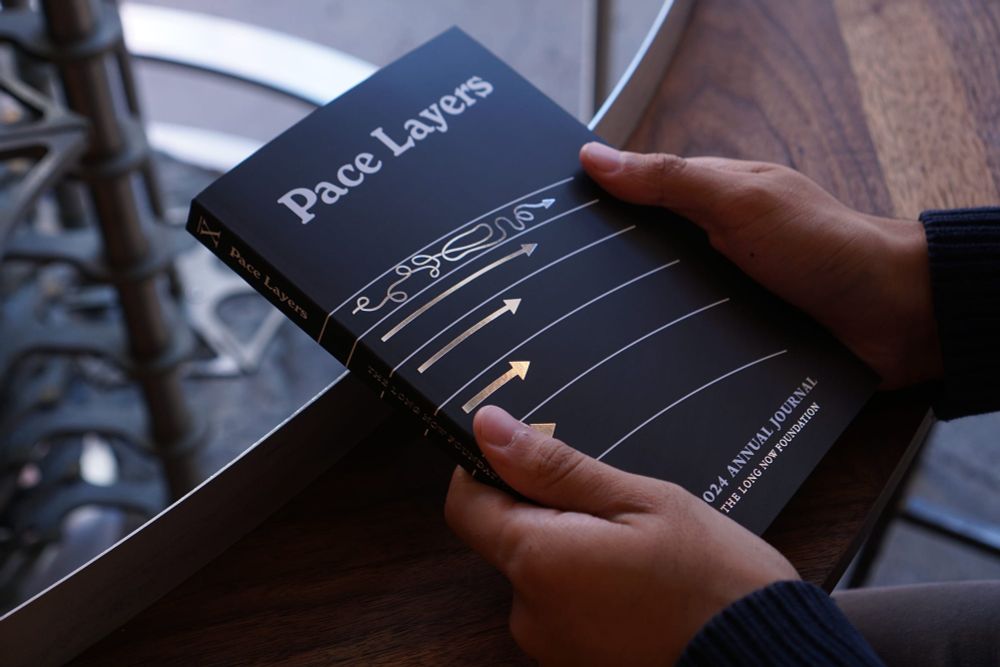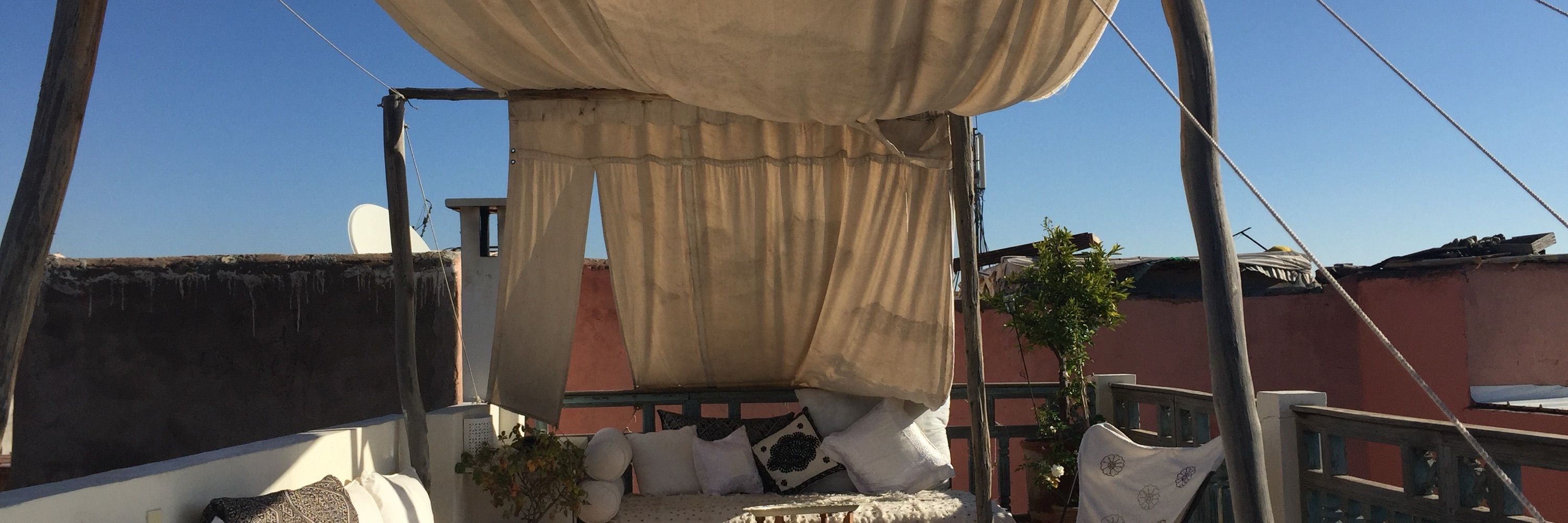
We identified a plasmid vector for the strain and generated a large RB-TnSeq library, screening for genes impacting plastic degradation.
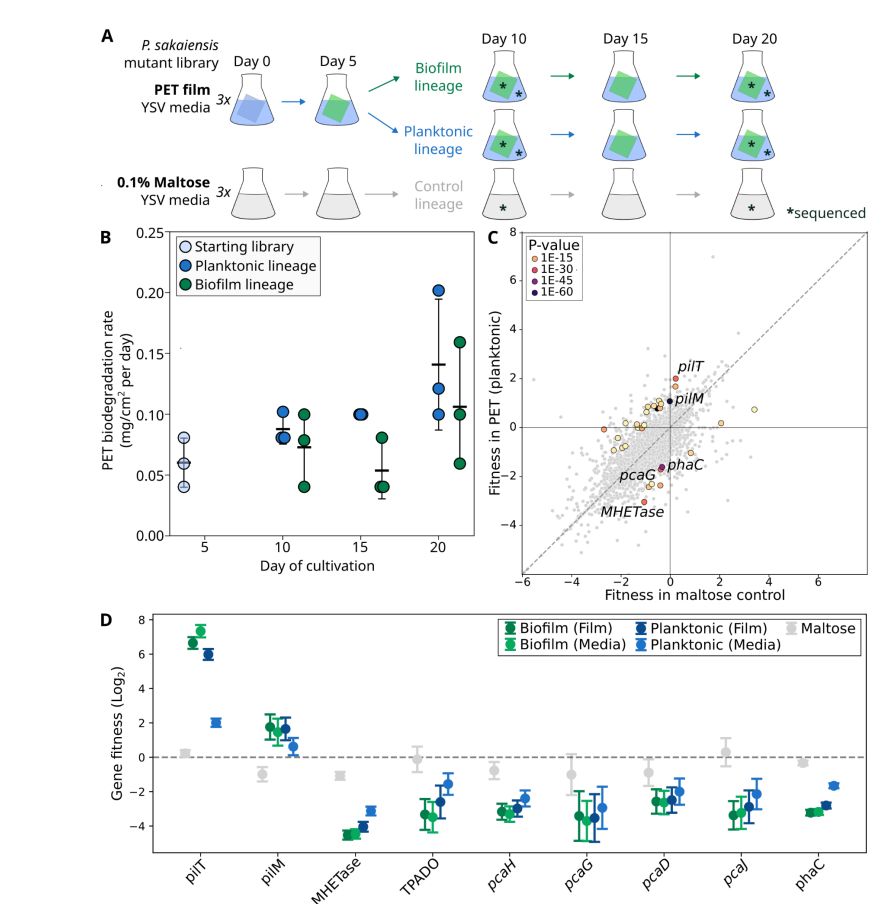
We identified a plasmid vector for the strain and generated a large RB-TnSeq library, screening for genes impacting plastic degradation.



blog.cultivarium.org/p/fungi-and-...

blog.cultivarium.org/p/fungi-and-...
Read more on our blog: cultivarium.substack.com/p/fungi-and-...

Read more on our blog: cultivarium.substack.com/p/fungi-and-...

What follows will include some generalizations based on population averages of what I have experienced over the course of my career. There are, of course, exceptions in every group who are substantially more to one extreme or the other.

What follows will include some generalizations based on population averages of what I have experienced over the course of my career. There are, of course, exceptions in every group who are substantially more to one extreme or the other.
www.science.org/doi/10.1126/...
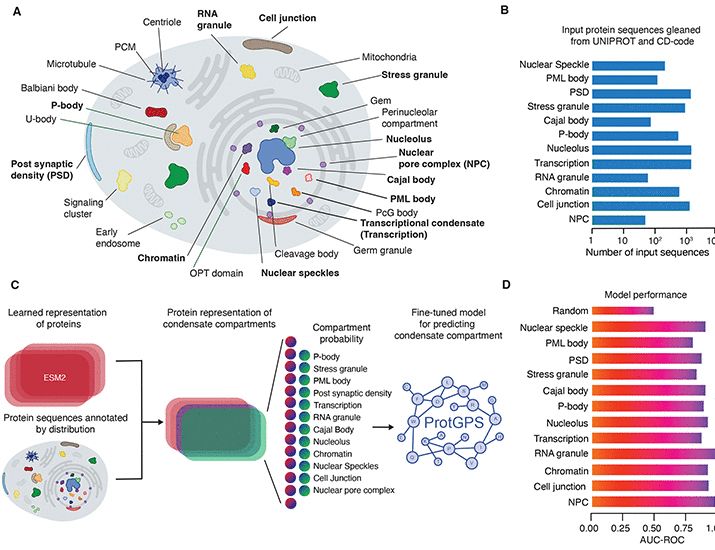
www.science.org/doi/10.1126/...

Our Portal’s new Reported Methods section streamlines access to established genetic tools and related literature.
Read more here: tinyurl.com/yj33bnyr

Why is it RSF1010 and RK2?
Why not pRSF1010 and pRK2?
It is (close to) never BBR1, (nearly) always pBBR1.
It just seems so inconsistent.
Is there something I am overlooking?
Can I just write pRSF1010 and pRK2, "p" stands for "plasmid" anyway.
biorxiv.org/cgi/content/...



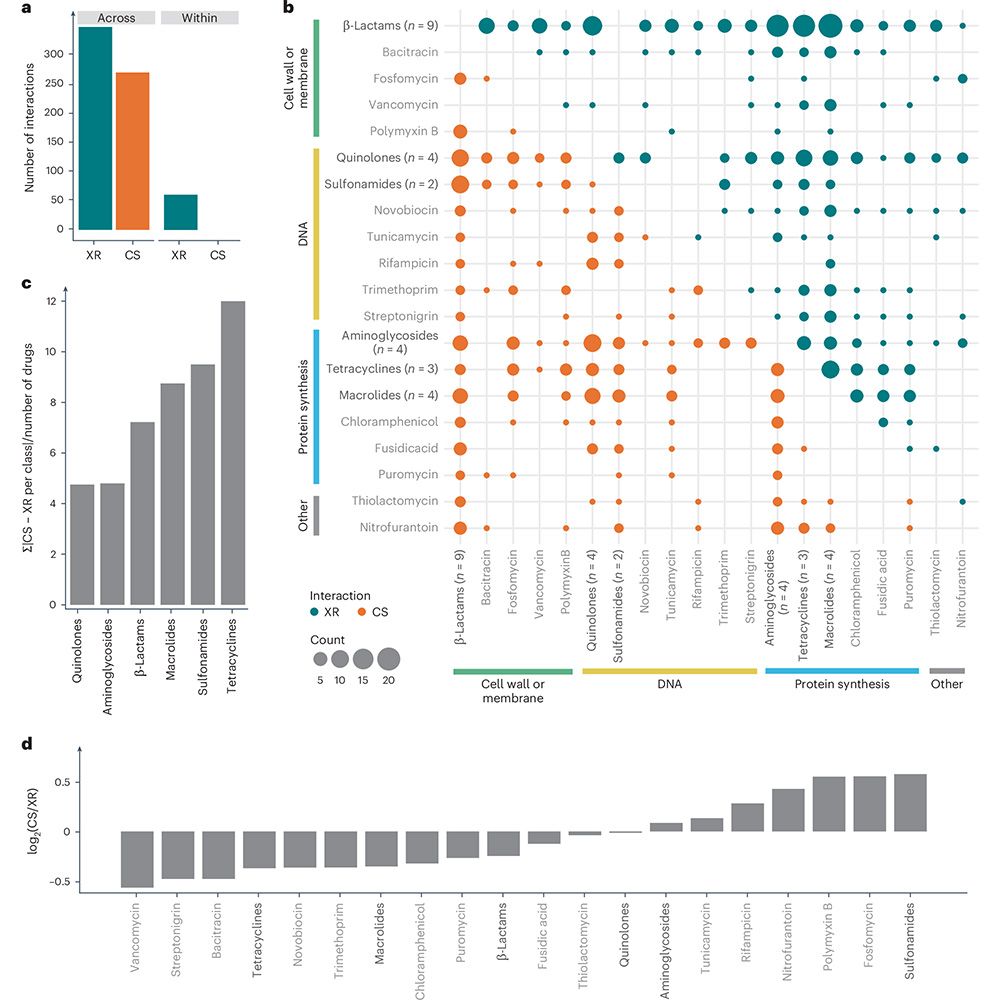

To make it even more interesting, part of the gene seems derived from a poplar fungus-farming ant 🐜
Paper: www.cell.com/developmenta...

To make it even more interesting, part of the gene seems derived from a poplar fungus-farming ant 🐜
Paper: www.cell.com/developmenta...

Our first issue is a 282-page compendium of ideas, art, and insights on what we call the pace layers of our planet: fashion, commerce, infrastructure, governance, culture, and nature.
longnow.org/ideas/pace-l...
